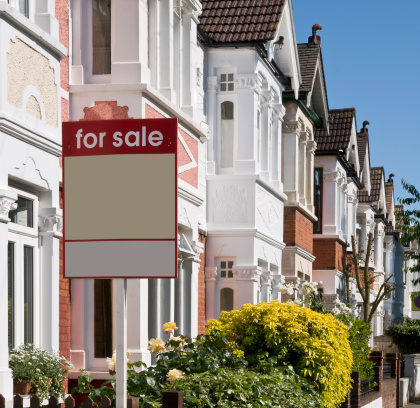The average asking price for a house in Great Britain reached £246,781 in the final three months of 2013, residential property group Move with Us has revealed.
 This was an increase of 6.13 per cent on last year and was largely supported by property price rises in the South and Midlands, while prices in the North dropped.
This was an increase of 6.13 per cent on last year and was largely supported by property price rises in the South and Midlands, while prices in the North dropped.
In the East Midlands prices reached the highest level for five years in November, hitting £182,505.
At a regional level, Greater London, the South East and the East Midlands were the top performing regions in Q4 2013 in terms of asking price. Greater London was top of the leader board as usual, as asking prices increased by 4.68 per cent in Q4. The South East and The East Midlands followed, as asking prices rose by 1.03 per cent and 0.65 per cent respectively.
The average property price in Greater London increased by £52,535 in 2013, where selling times remain the fastest in the country. However, property listings were down 43 per cent compared to Q3 and 7.55 per cent when compared to December 2012.
Robin King, director, Move with Us commented: “Although 2013 ended with a decline in the number of new listings due to the seasonal Christmas slowdown, the market has quickly picked up momentum and we are already seeing larger numbers of property transactions since the start of 2014.
“The problem now is the shortage in the supply of new properties coming on to the market. While the government has incentivised building projects by providing a £1bn fund to unlock housing developments, these are predominantly located in the North of the country in places such as Manchester and Leeds. Supply also needs to be stimulated East Anglia and the South West and in places where there’s considerably higher demand for housing such as the South East.
“The government could consider tax efficient ways to incentivise people with surplus space in their homes to downsize as this would free up family homes and create much needed fluidity in the market. Motivating people to sell second homes will also release existing stock back into the housing market. However, larger scale development is really where the difference can be made, like in the great depression of the 1930s when we managed to build 400,000 new properties per year.”




